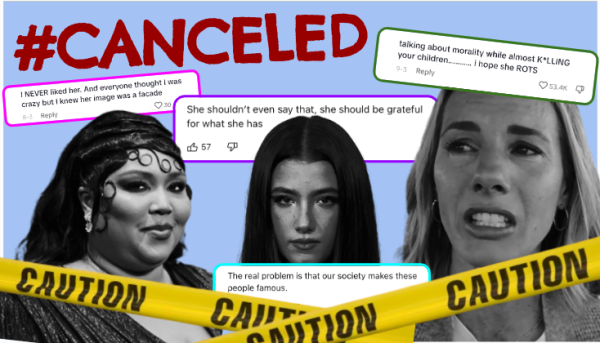Opinion: Ebola is the new 4-letter word

Photo courtesy of Tribune News Service
November 10, 2014
Since Ebola is not spread through the air, catching Ebola in the United States is more unlikely than getting struck by lighting. Listening to students in the hallways, however, it sounds as if Ebola is lurking on every surface.
Self-centered American teens do not see the reality in other parts of the world like Liberia and Sierra Leone where Ebola is much more common and has created a world epidemic. In fact, the most deaths occur in Liberia and Sierra Leone. As of October 29th the, total number of reported cases worldwide was 13,700. (see graph) Fortunately, data shows the number of new cases is on the decline.
By comparison, there have been only a few cases and one death in the United States. Thomas Eric Duncan died on October 8 after returning to the U.S. from Liberia.
Ebola is extremely infectious but not extremely contagious. The difference between infectious and contagious diseases is that contagious diseases are transmitted through direct contact with an infected individual or indirectly through a vector, while infectious diseases are caused by a microorganism or other agent, such as a bacterium, fungus, or virus, that enters the body of an organism. This misunderstanding between the two is why students think they can catch Ebola by breathing. For example, when a student coughs, I’ve heard another student say, “Now I’m going to get Ebola.” That reaction is just ludicrous.
In addition to the decrease in cases, the epidemic has led to researchers discovering genetic resistances and vaccinations.
Mr. Bud Larson, a retired microbiologist who worked at Fort Detrick his entire career, studied infectious diseases. He believes, “The issue with Ebola has taken on a political part.” Reports in the media tend to blow every sneeze out of proportion.
Larson watched the declarations on television where the New York and New Jersey governors “put their own ideas into the issue.” They proposed extreme measures like lengthy quarantines. Americans heard the words of politicians instead of listening to the people who actually know how to act, like the Centers for Disease Control and National Institutes of Health.
The few cases in the U.S. are now concluding. For example, both nurses who contracted the disease from Duncan have since recovered and are Ebola-free. Rumors of other new cases in the United States have been false alarms.
Ebola was first identified in Africa in 1976 in what was then Zaire (now the Republic of the Congo). The virus received its name from the Ebola River which was geographically close to the first case.
According to the CDC, symptoms of Ebola can appear from 8-10 days after coming in contact with the disease. Some common symptoms include headache, weakness, fever, aches, diarrhea, vomiting and stomach pain. Symptoms may also include rashes, red eyes, chest pain, throat soreness, and difficulty breathing or swallowing and bleeding, both external and internal. Many of these symptoms can also come from other types of illnesses, such as the flu, so it is easy to leap to the most drastic conclusions. It is hard to tell people not to worry–we like drama.
[wp_ad_camp_1]
Linganore High School and Frederick County Public Schools do not endorse the content of advertisements displayed on this website. More about these ads.The bottom line is that to contract this virus, a person must come into direct contact with the bodily fluids of an infected person. In fact, according to Mrs. Theresa Wiltrout, biology teacher and former biologist at Fort Detrick, it’s common knowledge that Ebola has been in Frederick County for decades at the United States Army Medical Research Institute of Infectious Disease (USAMRIID) located at Fort Detrick. USAMRIID currently has ongoing controlled research studies in progress on Ebola.
Wiltrout showed the film Contagion and a documentary about Ebola to engage students in discussion and try to calm some of the fears of her students.
In late October, President Obama started his address to the nation by saying, “First and foremost, I want the American people to know that our experts, here at the CDC and across our government, agree that the chances of an Ebola outbreak here in the United States are extremely low.”
He later went on to say, “The world knows how to fight this disease. It’s not a mystery. We know the science. We know how to prevent it from spreading. We know how to care for those who contract it. We know that if we take the proper steps, we can save lives. But we have to act fast. We can’t dawdle on this one. We have to move with force and make sure that we are catching this as best we can, given that it has already broken out in ways that we had not seen before.”
While high school students are overreacting about Ebola and making it the butt of many irritating jokes, they forget that people and families are suffering. It’s time to get educated about the disease and how to help.












